The US Supreme Court has not ruled on a major gun case since handing down its landmark District of Columbia v. Heller decision more than a decade ago. In what is regarded as the most important of all Supreme Court gun cases, the majority (5-4) determined that the Second Amendment protects an individual’s right to have a gun in the home for the purpose of self-defense.
In the coming year, the Court is poised to deliver at least one high-profile decision that could potentially expand the Heller decision by affirming a constitutional right to carry a gun outside the home, which would wreak havoc on open- and concealed-carry permitting laws in several states.
There are also several gun cases currently in petition status on the SCOTUS docket — meaning the justices could agree to hear them in 2022.
Here are the gun-related cases that are currently in the SCOTUS queue, how they came about, and their potential impact on Second Amendment rights.
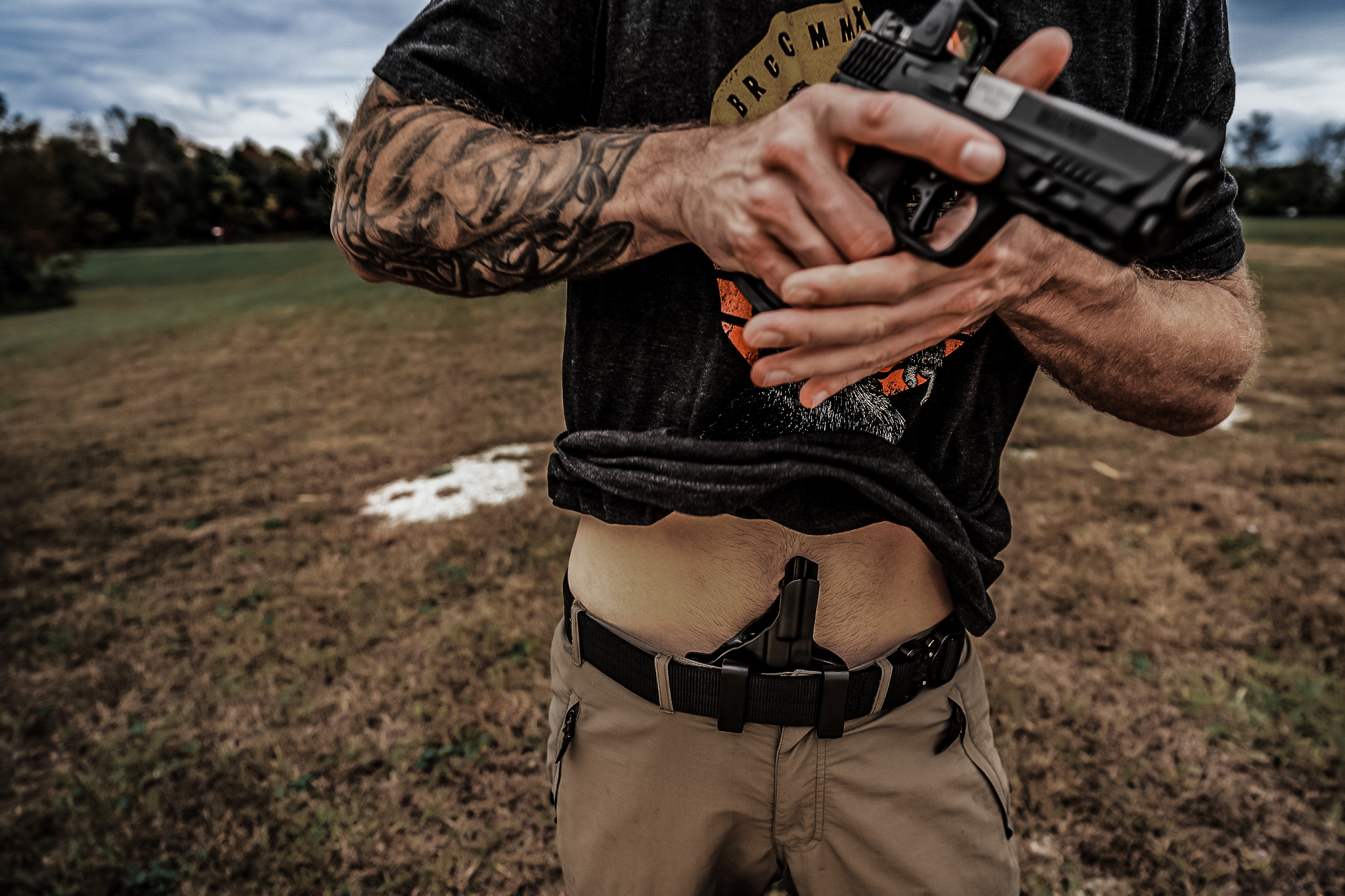
RELATED – Study: Mass Gun Laws Increase Robberies, No Effect on Violent Crime
New York State Rifle & Pistol Association, Inc. (NYSRPA) v. Corlett (Bruen)
Question Presented: Can the government prohibit ordinary, law-abiding citizens from carrying a concealed weapon outside the home for self-defense?
In late 2021, SCOTUS granted a request to review a lower court’s ruling on this case. Like Heller, NYSRPA v. Corlett (Bruen) has the potential to reshape the landscape of gun rights in the US. While Heller affirmed the right to keep a firearm in the home for protection, this case seeks to extend that right to gun owners who wish to carry a concealed firearm in public. Oral arguments began in early November, and a decision is expected sometime in 2022, possibly late in the year.
Most states in the US follow a “shall-issue” scheme for concealed carry permits. By law, shall-issue states must approve applications submitted by law-abiding citizens who meet basic, clearly-defined qualifications. Typically, this means they are over a certain age, are a state resident, and are legally allowed to possess a firearm.
Nine states, including New York, are so-called “may-issue” states. That means residents of those states must additionally demonstrate a “proper cause,” or otherwise justify their need to receive a carry permit. In New York, proper cause is defined as a “special need for self-protection, distinguishable from that of the general community or persons engaged in the same profession.”
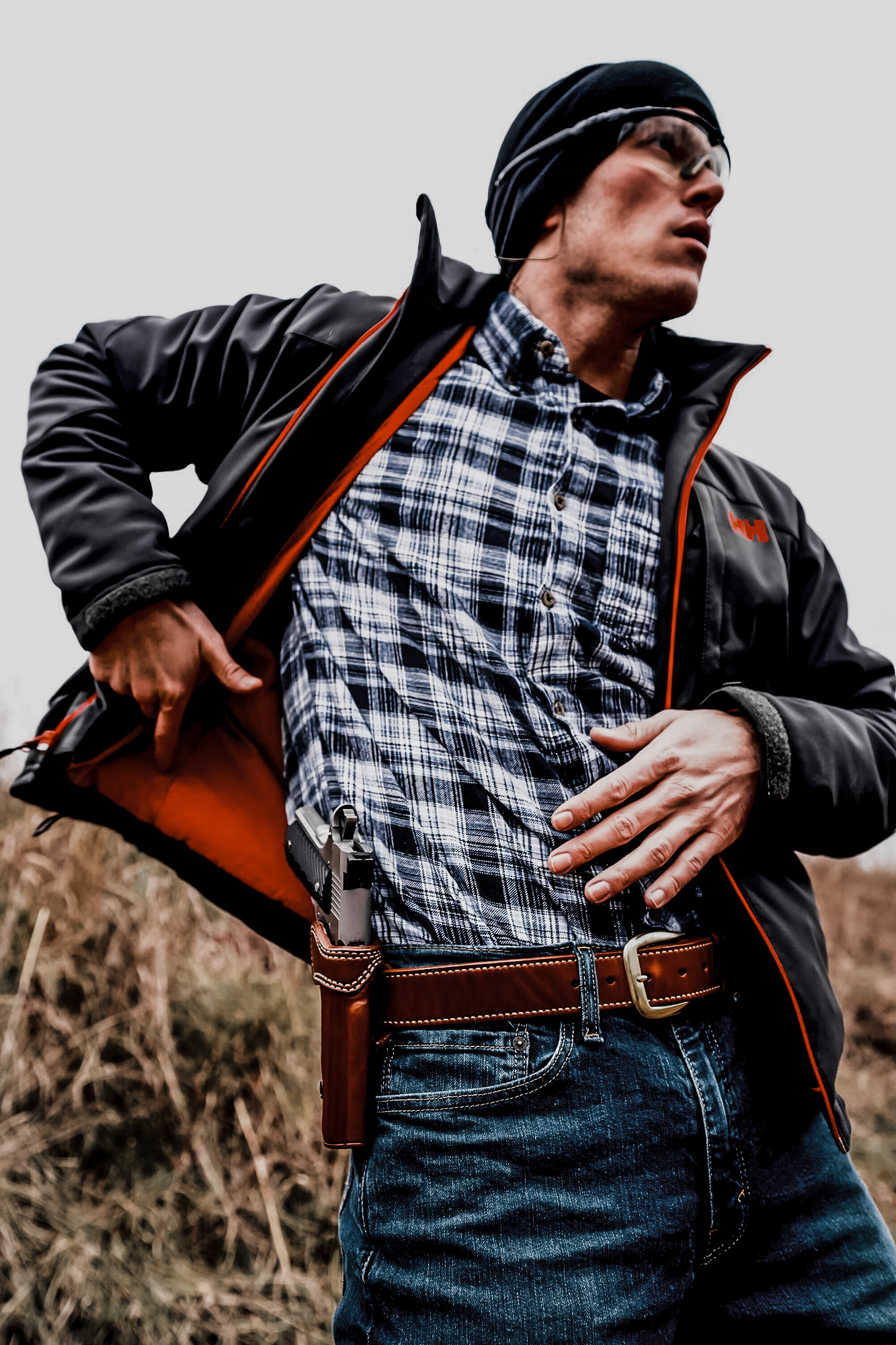
The state government appoints licensing officers to review all carry permit applications and gives them broad authority to interpret the proper cause standard. In short, it’s up to them to decide if an applicant’s reason for wanting to carry passes muster.
Licensing officers can then approve a self-defense permit (carry in most places), approve a restricted permit (carry only in specified places), or deny the application altogether. They are not required to provide justification for their decision.
Two New York residents and members of the NYSRPA, Brandon Koch and Robert Nash are challenging New York’s law. They applied for concealed carry permits via the state’s process. Koch was denied outright and Nash was granted a restricted permit. In both cases, licensing officers determined the applicants failed to justify proper cause. Nash appealed the decision, requesting the restrictions be lifted. He claimed he had, in fact, demonstrated a unique need to carry a firearm, citing recent robberies in his neighborhood.
Furthermore, Nash explained he had recently completed an advanced firearm safety instruction course. Richard McNally, justice of the New York Supreme Court, 3rd Judicial District, and an acting licensing officer, denied the request.
The NYSRPA, the primary petitioner in this case, argues the Second Amendment not only supports the right to possess firearms but to carry them outside the home as well.
“The Second Amendment does not exist to protect only the rights of the happy few who distinguish themselves from the body of ‘the people’ through some ‘proper cause.’ To the contrary, the Second Amendment exists to protect the rights of all the people,” states the official petition for writ of certiorari submitted to SCOTUS on behalf of the NYSRPA.
The Court heard the oral arguments for this case on Nov. 3. Most accounts of the proceedings paint a picture suggesting the majority are poised to rule in favor of the plaintiff, which could lead to a major shakeup of state-level gun laws. However, these same accounts also suggest the court may decide to keep its ruling narrowly focused upon the requirement to show proper cause in New York and other may-issue states.
Supreme Court Justice Brett Kavanaugh made it clear that the question before the Court was limited to the constitutional integrity of the New York permitting process. He asked Paul Clement, the attorney representing the NYSRPA if his client objected to the shall-issue model embraced by other states. Clement suggested his client would like to see that type of law in New York. It’s, therefore, possible the SCOTUS decision could focus solely on the constitutionality of may-issue permitting regimes, leaving the broader question of concealing a firearm in public for another day (and another case). This would still have a major positive impact on gun rights and concealed carry in the state (including in New York City) and other may-issue states like New Jersey and Hawaii.
RELATED – ‘Ghost Gun’ Bans: NY Law Signed, Complaint Filed Against New DE Law
Young v. Hawaii
Questions Presented:
- Does the Second Amendment apply outside the home?
- Does the denial of a petitioner’s application for a handgun carry license for self-defense violate the Second Amendment?
This case is closely related to NYSRPA v. Corlett and was petitioned by Hawaii resident George Young. In 2011, Young submitted two applications in his county for a license to carry a loaded firearm outside his home — a practice defined by the state of Hawaii as public carry, which encompasses both open and concealed carry.
Like New York, the state of Hawaii enforces a may-issue statutory scheme. However, unlike New York — where some individuals actually qualify for permits — Hawaii has used section 134-9 of its statutory framework to deny virtually every application in recent history. This tactic will be familiar to New Jersey residents.
The statute, as written, allows local police departments to grant concealed-carry permits in “exceptional cases” in which applicants demonstrate a “reason to fear injury.” They can also grant open-carry permits to residents “engaged in the protection of life and property.”
The police chief in Young’s local jurisdiction of Hawaii County concluded that he did not qualify for either permit and denied the applications.
Young sued Hawaii County and the state of Hawaii in district court, alleging the police chief’s decisions violated his Second Amendment rights. His suit requested a permanent injunction of the permitting legislation and that a public carry permit be issued in his name.
The district court judge who heard the case dismissed the suit, ruling that sovereign immunity protected the state from Young’s actions. The judge also said Hawaii’s statute did not interfere with the central protection granted by the Second Amendment, as identified in the Heller decision that the judge called a “narrow individual right to keep an operable handgun at home.”
The plaintiff appealed the ruling. In 2019, the 9th Circuit US Court of Appeals reversed the lower court’s decision. Writing for the majority, Sr. Judge Diarmuid O’Scannlain pointed to a previous, post-Heller case (Peruta v San Diego County) heard by the 9th Circuit, which established the precedent that concealed carry was outside the scope of the Second Amendment.
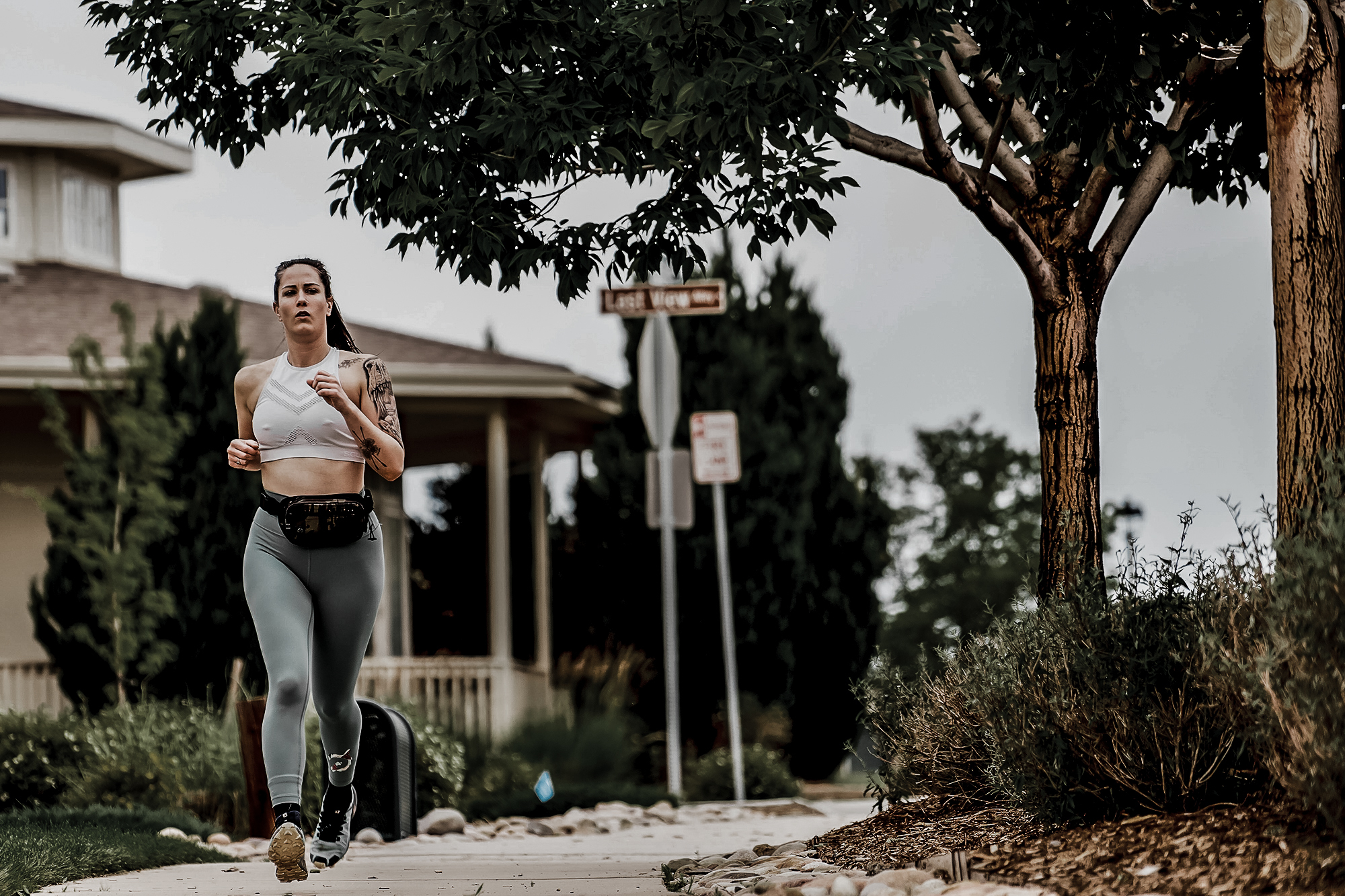
Therefore, he explained, his panel chose to focus on the “unresolved” issue of open carry. This forced an interpretive review of a variety of historical sources, including the verbatim text of the Second Amendment. In particular, O’Scannlain quoted the “latter verb” in the “keep and bear arms” passage, reasoning that the word “bear” covered carrying firearms outside the home.
However, exercising the en banc review process, the 9th Circuit revisited Young v. Hawaii and, in March 2021, overturned its earlier decision. As justification, the majority opinion included a tedious, 50-page historical narrative of gun rights, dating back to English law in the Middle Ages.
George Young has asked SCOTUS to consider his case. Due to similarities with the NYSRPA v. Bruen, already underway, it’s unclear whether SCOTUS will grant the petition to hear Young v. Hawaii. The outcome of the former case could make the latter irrelevant. On the other hand, what SCOTUS leaves on the table with Corlett could very well be taken up with Young.
RELATED – Military Red Flag Law Would Allow Confiscation of Personal Firearms
Aposhian v. Garland
Questions Presented:
- Whether courts should defer under Chevron to an agency interpretation of federal law when the federal government affirmatively disavows Chevron deference.
- Whether the Chevron framework applies to statutes with criminal-law applications.
- Whether, if a court determines that a statute with criminal-law applications is ambiguous, the rule of lenity requires the court to construe the statute in favor of the criminal defendant, notwithstanding a contrary federal agency construction.
If the questions presented in this case seem complex and confusing, it’s because they are. In the beginning, Aposhian v. Garland appeared to be a simple case. The plaintiff asked the courts: Does a federal agency have the authority to rewrite a federal statute that can potentially turn innocent Americans into criminals?
The federal National Firearms Act (NFA) prohibits individuals from owning fully automatic firearms manufactured after May 19, 1986, and substantially regulates those made before that date. However, the statute, as originally written, does not ban bump stocks: a low-cost device that uses the inertia of semi-automatic firearm recoil to “bump” the trigger, firing rounds in rapid succession.
About five years ago, Utah resident and firearms instructor Clark Aposhian lawfully purchased a bump stock off the clearance rack at a local gun shop. In his own words, Aposhian described it as a “range toy.” It eventually ended up in his “gun parts boneyard” to collect dust.
“I’m a tactical firearm instructor,” Aposhian said in a recent interview with digital publisher medium.com. “We […] talk about the application of firearms for defense — and [a bump stock] really doesn’t do any good there. If a bump stock were good for that, you would see law enforcement or military using it [….] I would never bring it [to] one of my tactical classes. It’s not accurate.”
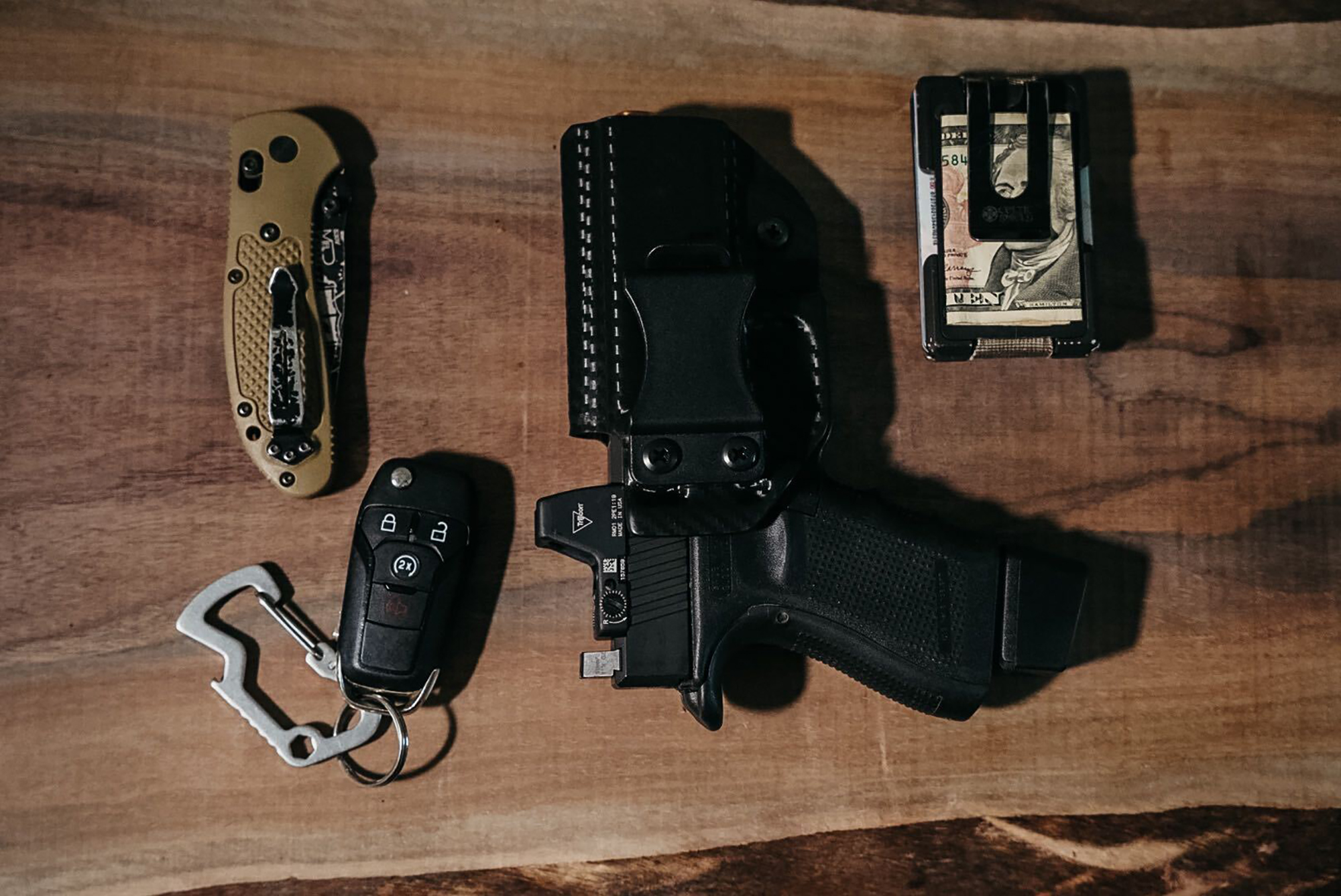
It took 15 minutes of horror during the 2017 Las Vegas mass shooting for an obscure novelty item to attract the full attention of the Bureau of Alcohol Firearms Tobacco and Explosives (ATF). On March 26, 2019, the ATF abruptly altered the statutory definition of “machine gun” to include bump stocks. In doing so, it appeared Aposhian and more than 500,000 law-abiding Americans who owned the devices would potentially become felons unless they destroyed or surrendered their property, which had been completely legal at the time of purchase.
Clark Aposhian challenged the revised federal statute and the ATF’s authority to make such changes on its own. Aposhian claimed this challenge had nothing to do with his opinion of bump stocks.
“It’s because of the way [the ATF] banned them,” Aposhian said. “We have executive, legislative, and judicial branches — and we all learned back in grade school that they have different, very specific lanes. The executive got out of its lane. That’s what Donald Trump did through the [ATF].”
“It’s about the process,” he added. “I could argue it on the Second Amendment and it would be a good argument. But we’re using the bump stock for a placeholder for something much bigger — overreach of the government.”
The 10th Circuit Court of Appeals rejected the challenge on the basis that the plaintiff “failed to establish a likelihood of success on the merits.” However, the proceedings became mired in arguments about legal technicalities. In 2020, the New Civil Liberties Alliance (NCLA) filed a petition requesting a rehearing en banc. Among other things, the NCLA suggested the 10th Circuit had improperly applied “Chevron,” a judicial doctrine that allows courts to defer to agency interpretations of ambiguous statutes.
The court had chosen to apply Chevron to invoke ATF expertise, despite the fact that the ATF had already waived that argument when the case was heard in a lower court.
Not to be outdone, the en banc proceedings were fraught with procedural controversy as well. The court revoked oral arguments after actually hearing them. In the end, the 10th Circuit upheld its original ruling.
The NCLA has since appealed to the Supreme Court, where the case remains in petition status on the 2022 docket.
RELATED – Ohio Constitutional Carry Bill Passes Senate, Competes With House Bill
PZ v. New Jersey
Questions Presented:
- What is the scrutiny level afforded the Second Amendment right to possess firearms in the home?
- Does a state’s denial of a person’s Second Amendment rights “in the interest of public health, safety or welfare” constitute:
- an unconstitutionally overbroad or vague standard, and/or
- an unlawful balancing test in offense to Heller, and/or
- a wrongful denial of Due Process notice?
- May the government deny a person’s Second Amendment rights in perpetuity merely because a firearm was seized from him “for safekeeping” and not returned?
- Is a warrant issued to search and seize firearms from a home “for safekeeping” valid probable cause under the Fourth Amendment?
In 2018, a New Jersey resident’s personal firearms, ammunition, and a firearms purchaser identification card (FPIC) were temporarily seized for safekeeping, pursuant to the state’s Prevention of Domestic Violence Act of 1991. This action was taken after the defendant’s former girlfriend obtained a temporary restraining order against him. Subsequent to the seizure, the state determined the defendant’s rifle was prohibited in New Jersey.
Although the state eventually denied a final restraining order, a motion was filed to force the defendant to permanently forfeit his weapons and FPIC under NJSA 2C:58-3(c)(5), essentially claiming the defendant was a threat to public health and safety. Without an FPIC, he is unable to purchase any other guns under New Jersey law and cannot obtain a permit to purchase a handgun. (The state requires an individual permit for each handgun purchase.)
The defendant appealed the seizure of his weapons and subsequently forced forfeiture to the Superior New Jersey Court, Appellate Division in 2020, whereby the court promptly upheld the state’s decision. A petition for writ of certiorari has been submitted to SCOTUS.
RELATED – New Pennsylvania Bill Would Decriminalize Automatic Knives
Hatch v. Minnesota
Questions Presented:
- Whether, because, as declared by Justice Scalia that our Second Amendment rights are fundamental rights, the United States Supreme Court needs to declare that a state statute that infringes upon a United States citizen’s second amendment fundamental rights to keep and bear arms must be subjected to a strict scrutiny analysis?
- Whether the Minnesota carry permit requirement statute that imposes a gross misdemeanor or felony level punishment for pure second amendment behavior must be struck down as unconstitutional?
- Whether, under Minnesota law, the Minnesota carry permit requirement statute must be subjected to a strict scrutiny analysis?
In 2018, Nathan Hatch, a former United States Marine with no felony convictions, was on his way to work when his vehicle broke down. Hatch contacted the police for assistance and, when officers responded, informed them he had two knives in his pocket and a pistol in a backpack, located in the back seat of the vehicle.
After locating the pistol, the officers determined Hatch did not possess the requisite permit for the handgun. He was arrested and later charged with a gross misdemeanor for possessing a pistol without a permit, a violation of Minnesota Statute § 624.714, subd. 1a (2018).
In a pretrial motion, Hatch moved to strike down the handgun permitting statute on the grounds that it violated his Second Amendment protection of the US Constitution. The district court denied the motion, reasoning that the statute is “reasonably adapted to substantially serve the State’s significant interests in protecting public safety and preventing crime.”
Hatch waived his right to a jury trial and submitted his case to the district court on stipulated facts. The defendant was charged with possessing a pistol in his vehicle without a permit, a gross misdemeanor violation of Minn. Stat. § 624.714, subd. 1a. He was found guilty and sentenced to 180 days in the county workhouse, a sentence that was stayed for two years.
The defendant then appealed the verdict to the Minnesota Supreme Court, once again contending the state’s handgun permit violated his Second Amendment rights. The Supreme Court upheld the judgment of the lower court, agreeing with the earlier finding that Minnesota’s permit-to-carry statute does not infringe upon the Second Amendment.
Hatch has since petitioned the US Supreme Court to hear his case.
RELATED – Black Powder Is Sadly No Longer Made in America
What Should We Realistically Expect From All of This?
SCOTUS predictions are risky, especially in the current season of social volatility and political polarization. However, people on both sides of the debate can agree on one thing: SCOTUS certainly has enough in its queue to blow the lid off the gun rights debate.
While the number of gun-related cases on the high court’s 2022 docket seems unusually high, it’s important to note that only one of them — NYSRPA v. Corlett — has thus far been granted its day in court.
Many experts agree that all indications point toward a decision in this case that favors the plaintiff and gun rights advocates across the country. The question is, how far will SCOTUS go? Will the court narrow the focus on restrictive may-issue permitting regimes or will it also consider the much broader question: does the Second Amendment afford law-abiding citizens the right to carry a firearm in public?
The scope of the NYSRPA v. Bruen ruling may very well determine the fate of the rest of the docketed cases, as well as state carry laws across the country.
READ NEXT – Supreme Court Leaning Toward Voiding New York Carry Permit Law

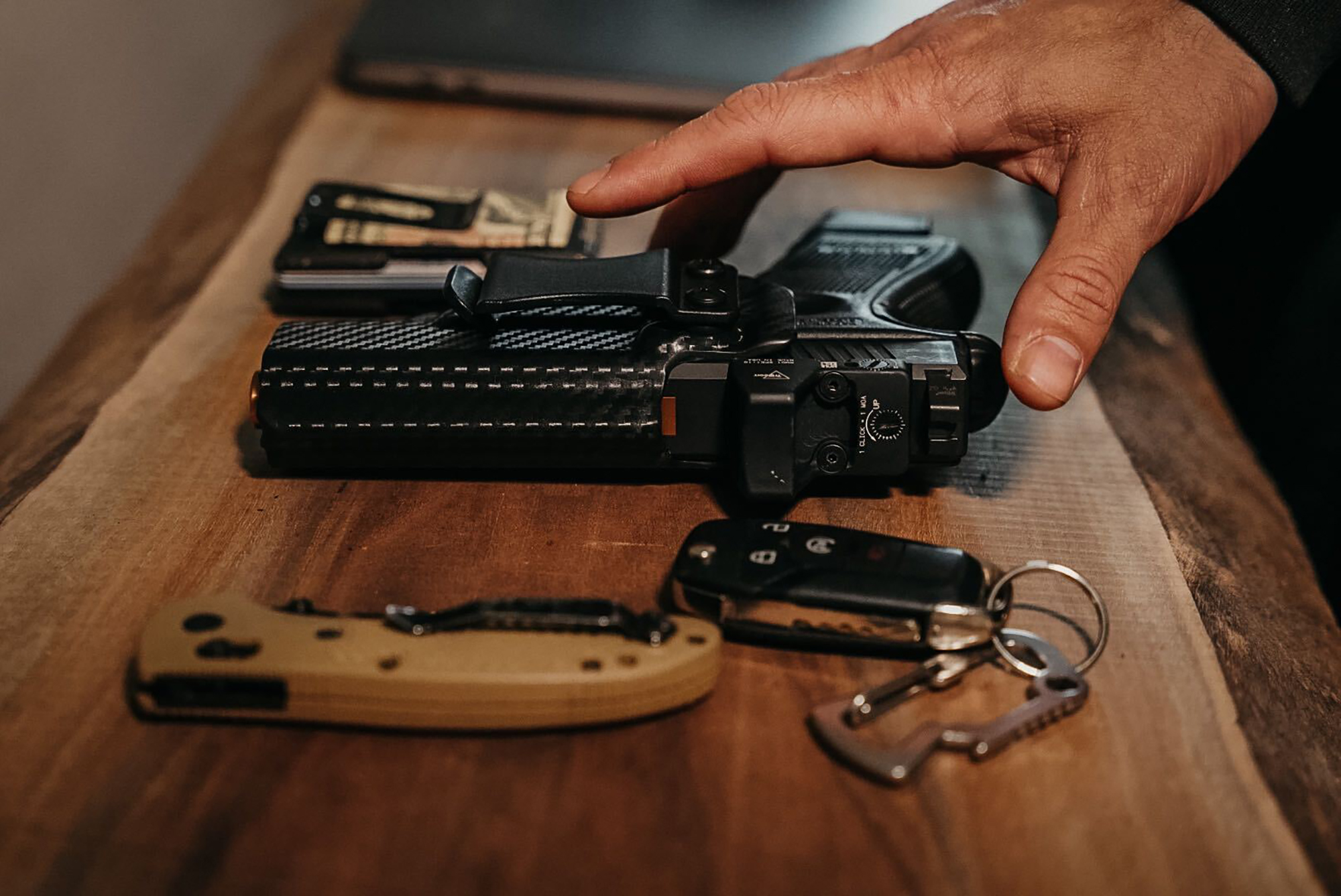

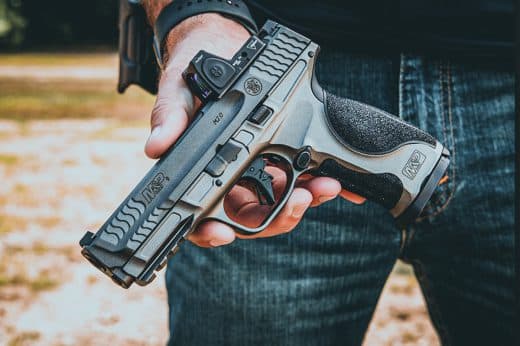
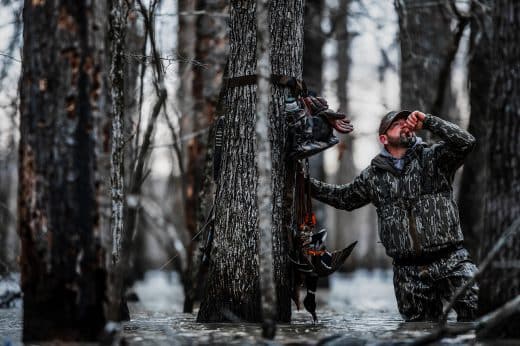
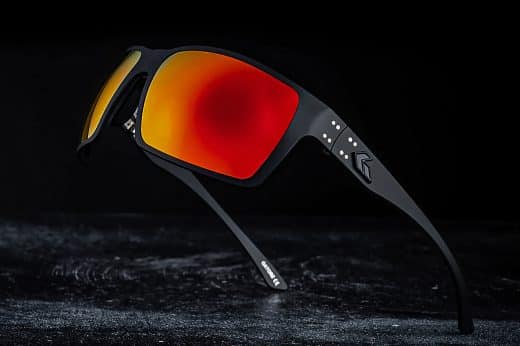


R Gallo says
I live in New York up state I’m retired military and a retired firefighter, I was applying for a permit took the class a realized it’s just to make the sheriffs office money, the so called gun safety class was laughable at best, pay the money is what my law enforcement brother says but I feel like it’s a definite infringement of my rights
V Soler Jr says
And NYC is even worse, the license to just have a home permit is ridiculously high and in addition, it expires every 3 years. So you have to fill out an application all over again and pay all the fees again. It was so bad that a few years later when I did like my 2d or 3rd renewal I noticed that they never changed any of the information that I had updated, my weight or height. They basically re-printed the same card. Must have taken them all of 2 minutes to print and I was paying close to $500 for everything. Fuggin’ ridiculous!!